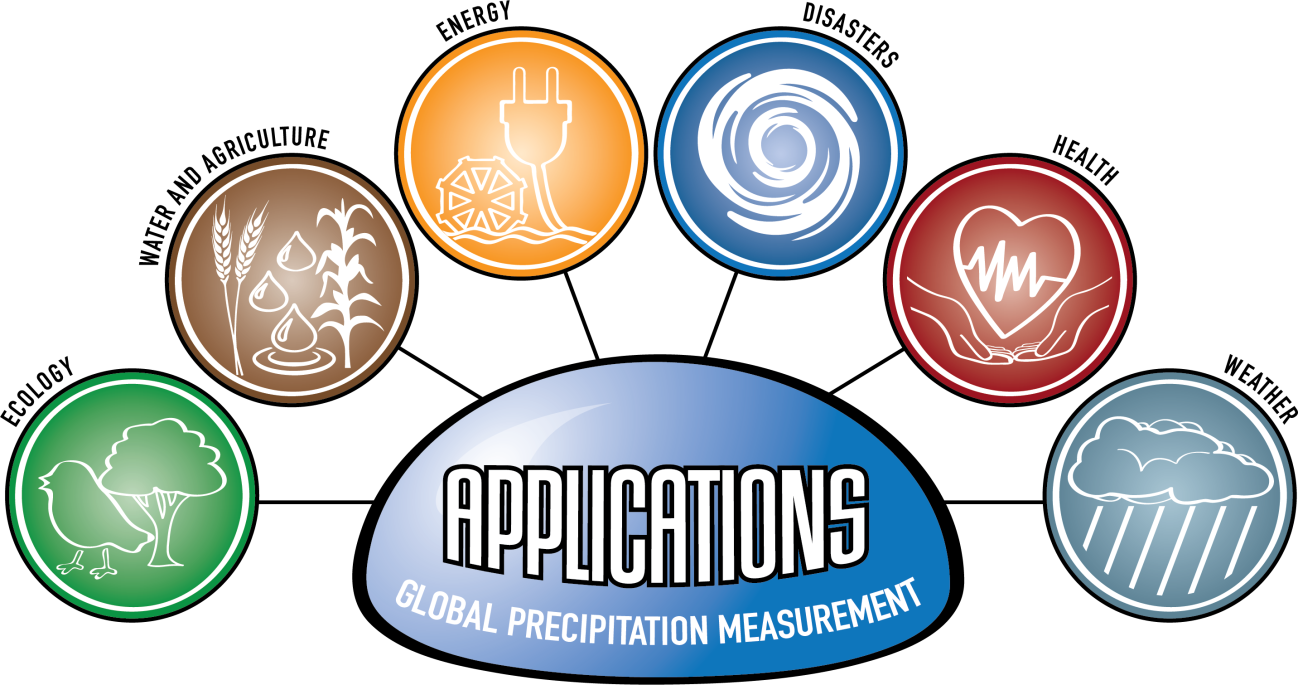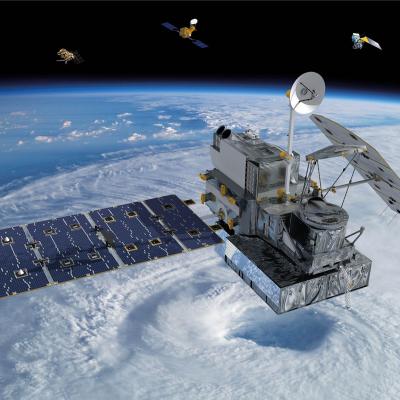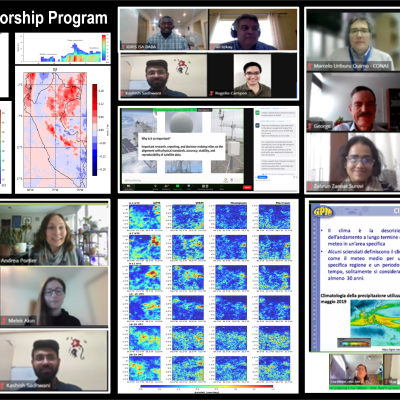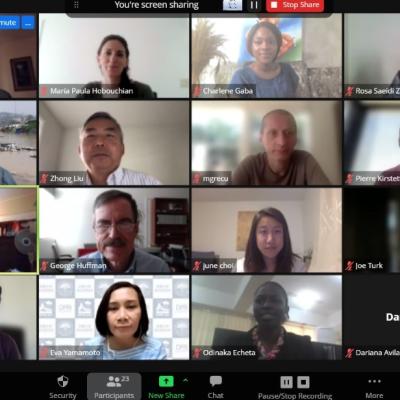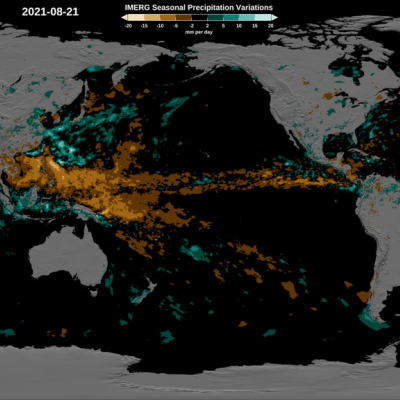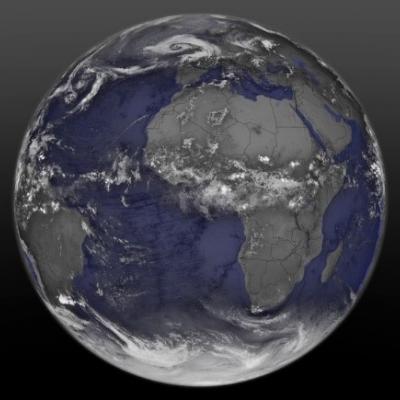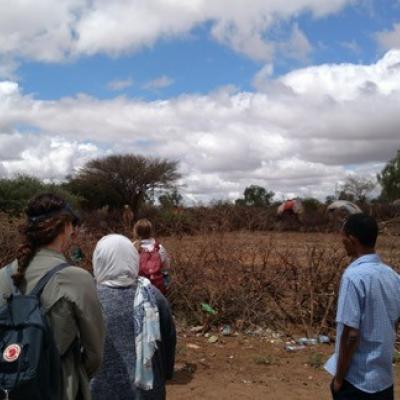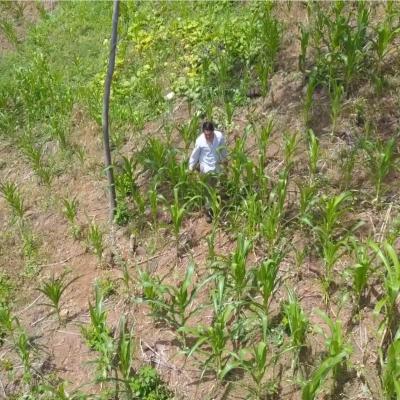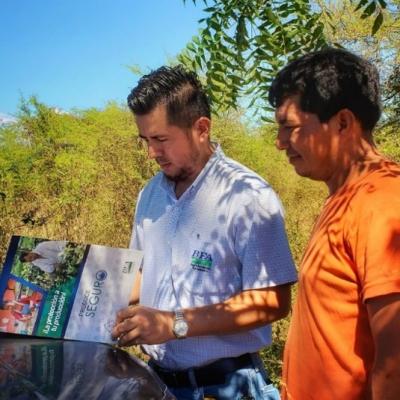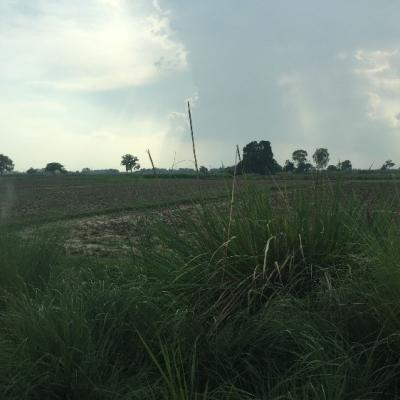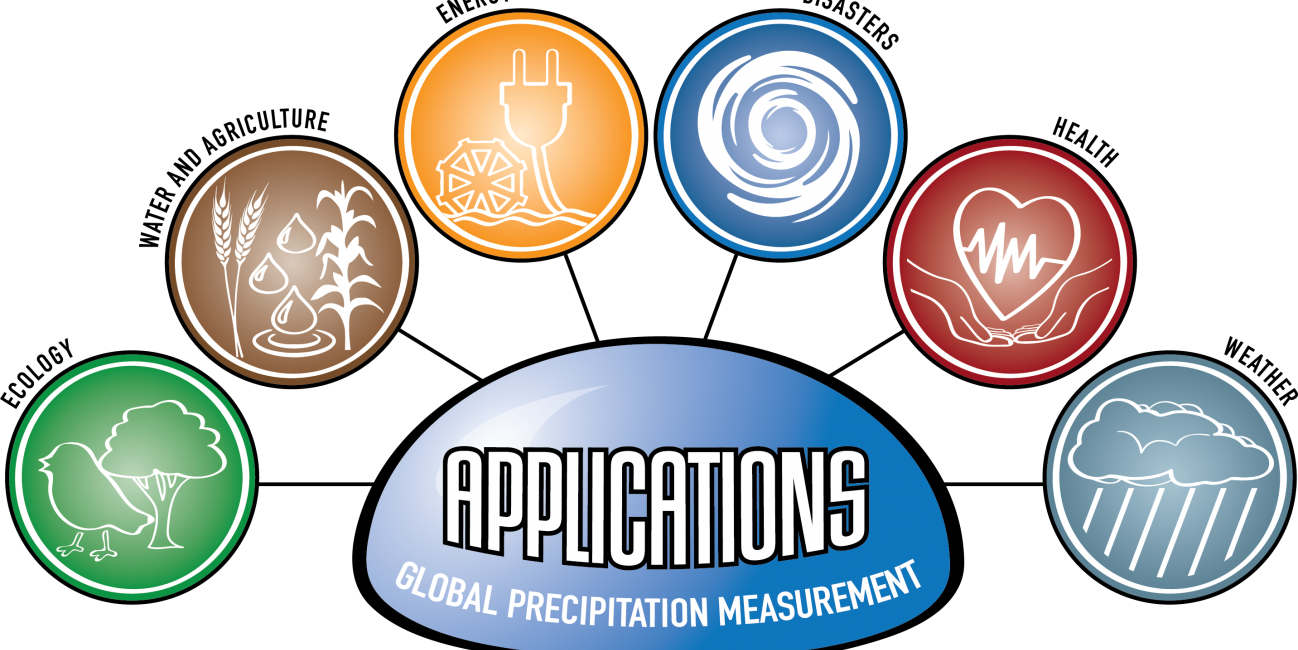
Who's Using GPM Data
Tuesday, October 26, 2021
This collection of resources explores some of the people and organizations using GPM and other NASA Earth data, and how they help improve life around the world.
Who's Using GPM Data
This collection of resources explores some of the people and organizations using GPM and other NASA Earth data, and how they help improve life around the world.


